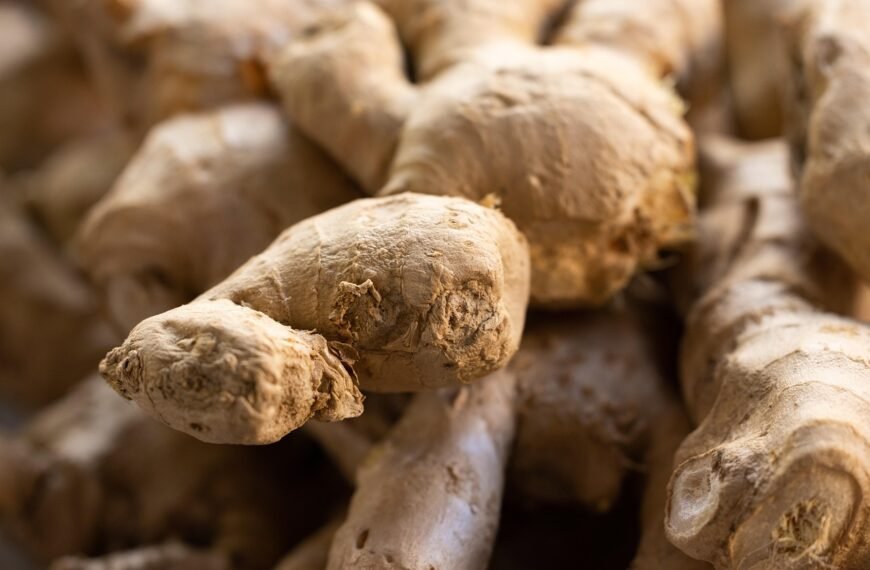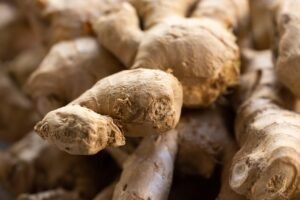Strokes occur when blood flow to a part of the brain is interrupted, either by a blocked artery (ischemic stroke) or a burst blood vessel (hemorrhagic stroke). This disruption quickly deprives brain cells of oxygen and nutrients, causing damage within minutes. Research suggests that winter brings an increased risk of strokes due to colder temperatures, lifestyle changes, and other seasonal factors. But by understanding these risks, you can take simple steps to safeguard your health.
Here’s why stroke risk rises in winter and how to prevent it:
Spikes in Blood Pressure Due to Cold
Cold temperatures cause blood vessels to narrow, leading to higher blood pressure and extra strain on the heart, which increases stroke risk. Keep warm with layered clothing, proper home heating, and regular blood pressure monitoring. If you have hypertension, follow your doctor’s advice.
Reduced Physical Activity
In winter, people often exercise less, leading to weight gain, higher cholesterol, and weaker cardiovascular health. Stay active indoors with exercises like yoga, strength training, or brisk walking.
Thicker Blood in Cold Weather
Exposure to cold can increase blood viscosity, making it easier for clots to form and cause strokes. To counteract this, stay hydrated and maintain a diet rich in omega-3 fatty acids, which improve circulation.
Winter Depression (SAD)
Shorter days and less sunlight can trigger Seasonal Affective Disorder (SAD), increasing stress and unhealthy habits that raise stroke risk. Stay active, seek mental health support, and expose yourself to natural or artificial light daily.
Rise in Respiratory Infections
Seasonal illnesses like flu can increase inflammation and destabilize plaque in arteries, raising stroke risk. Protect yourself with flu vaccinations, good hygiene practices, and wearing masks in crowded areas.
Increased Tendency for Blood Clots
Cold conditions may enhance blood clotting factors, raising the risk of ischemic strokes. Avoid prolonged exposure to the cold and ensure medications like blood thinners are taken as prescribed.
Low Vitamin D Levels
Reduced sunlight in winter leads to lower vitamin D levels, which can affect vascular health. Include vitamin D-rich foods like fatty fish or fortified products in your diet. Consider supplements with medical guidance.
Indoor Air Pollution
Fireplaces, heaters, and poor ventilation in winter can expose you to pollutants that may increase stroke risk. Use clean heating methods, ensure proper ventilation, and minimize exposure to smoke or fumes.
Comfort Foods with High Salt Levels
Winter cravings often lead to consuming salty comfort foods, which can elevate blood pressure. Opt for heart-healthy, low-sodium meals that include fresh fruits, vegetables, and whole grains.
Take Charge of Your Winter Health
By addressing these seasonal risk factors, you can protect yourself and reduce the likelihood of a stroke this winter. Simple changes like staying active, maintaining a healthy diet, and managing chronic conditions can make a significant difference. Stay warm, stay safe, and prioritize your well-being this season.


















